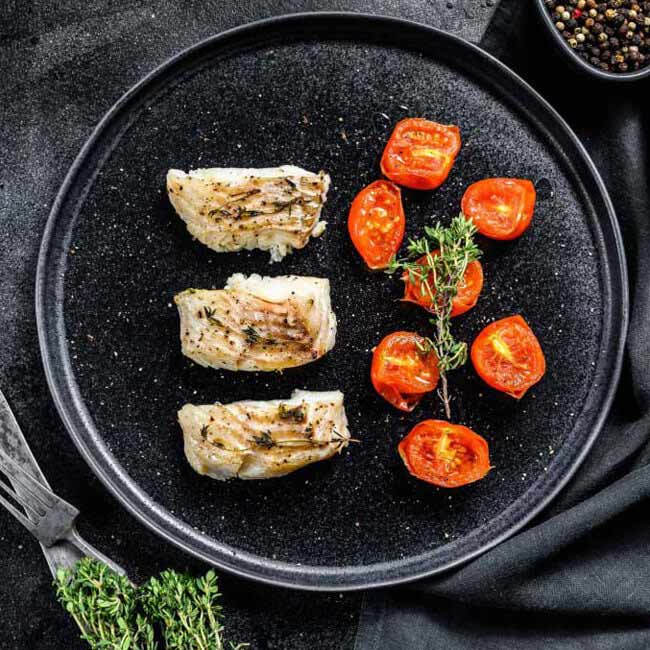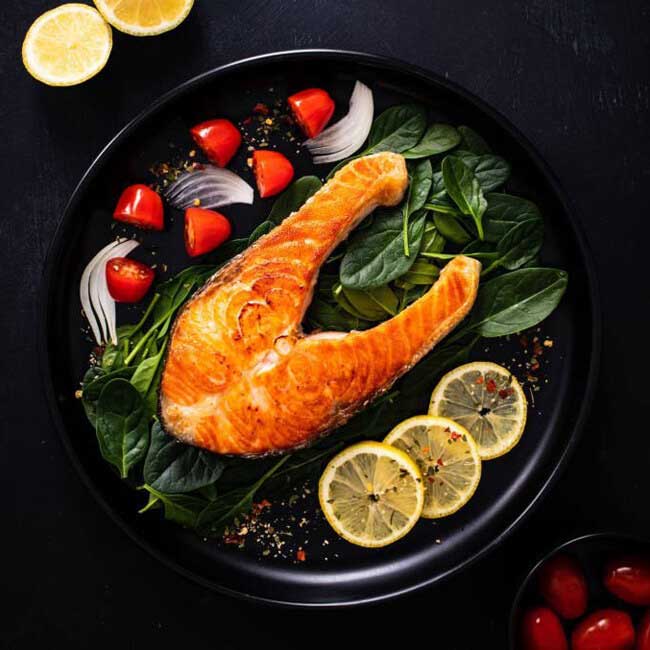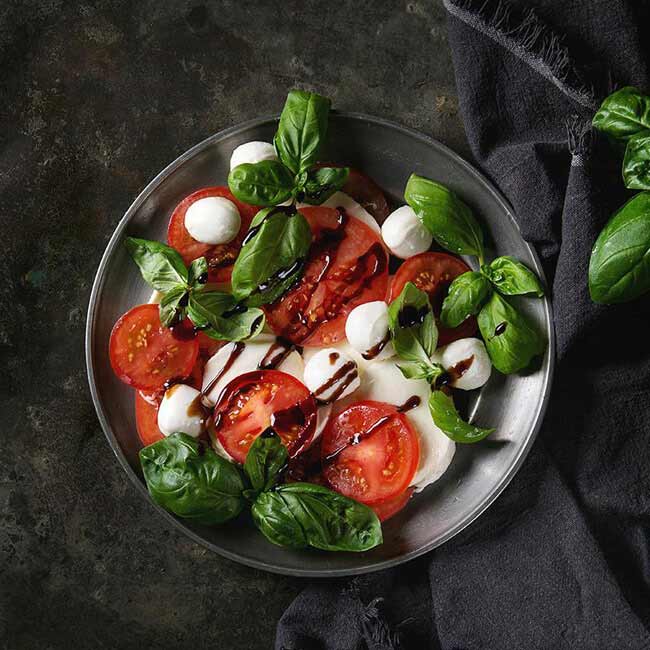Molecular Gastronomy: A Modern Twist on Cuisine
Molecular gastronomy has become an essential part of my cooking today, as it has opened the doors to maximum creativity in my kitchen. While the terminology may sound intimidating, the truth is that molecular gastronomy has been around for decades, starting with simple treats like gelatin that our kids love. In fact, it has been a part of our kitchen traditions for years.
Molecular gastronomy is a culinary movement that has taken the world by storm. It is a scientific approach to cooking that combines chemistry, physics, and biology to create new and innovative dishes. This movement has changed the way we think about food and has opened up a whole new world of possibilities for chefs.
What is Molecular Gastronomy?
Molecular gastronomy is the study of the physical and chemical processes that occur during cooking. It involves the use of scientific methods and techniques to create new and innovative dishes. The movement originated in the late 1980s, when a group of French scientists and chefs began experimenting with food and science. They wanted to understand the chemical reactions that occur during cooking and how they affect the taste, texture, and appearance of food.
Techniques Used in Molecular Gastronomy
There are several techniques used in molecular gastronomy. Some of the most popular techniques include:
Sous Vide
Sous vide is a cooking technique that involves vacuum-sealing food in a bag and cooking it in a water bath at a low temperature for an extended period. This technique allows chefs to cook food evenly and retain its natural flavors and juices.
Spherification
Spherification is a technique that involves creating small, edible spheres using a gel-like substance. This technique is often used to create caviar-like balls that burst in your mouth, releasing a burst of flavor.
Foams
Foams are created by using a whipping siphon to infuse a liquid with air. This technique is often used to create light and airy foams that add texture and flavor to dishes.
Molecular Mixology
Molecular mixology is the use of scientific techniques to create new and innovative cocktails. This technique involves the use of liquid nitrogen, dry ice, and other chemicals to create unique and exciting drinks.
Incorporation of Molecular Gastronomy in Modern Cuisine
Molecular gastronomy has had a significant impact on modern cuisine. Chefs all over the world are using these techniques to create new and innovative dishes that are both visually stunning and delicious. Molecular gastronomy has allowed chefs to push the boundaries of traditional cooking and create dishes that are truly unique.
One of the most significant impacts of molecular gastronomy on modern cuisine is the emphasis on presentation. Chefs are now creating dishes that are not only delicious but also visually stunning. The use of foams, gels, and other techniques has allowed chefs to create dishes that look like works of art.
Another significant impact of molecular gastronomy on modern cuisine is the focus on flavor. Chefs are now able to create dishes that have a more intense and concentrated flavor. For example, spherification allows chefs to create small bursts of flavor that explode in your mouth.
Molecular gastronomy has also allowed chefs to experiment with new ingredients and flavors. Chefs are now using ingredients that were once considered unusual or exotic. For example, some chefs are using liquid nitrogen to freeze herbs and other ingredients, creating a unique and intense flavor.
Conclusion
Molecular gastronomy has had a significant impact on modern cuisine. It has allowed chefs to push the boundaries of traditional cooking and create dishes that are truly unique. The use of scientific methods and techniques has opened up a whole new world of possibilities for chefs, and the results are both visually stunning and delicious. Molecular gastronomy is a culinary movement that is here to stay, and it will continue to influence the way we think about food for years to come.










